Rajshahi, June 27 (V7N)- The venomous Russell's viper is increasingly being spotted in Rajshahi, from the Barind Tract to the Padma River's char areas, even in residential neighborhoods. Farmers are afraid to enter their fields due to the presence of these snakes. The number of snakebite victims is rising, and Rajshahi lacks a specific antivenom for Russell's viper bites, relying instead on a general antivenom for all snakebites.
Snake researchers and specialists assert that treatment for Russell's viper bites exists, and timely medical intervention can significantly reduce mortality risks. The Russell's viper is not the most venomous snake in the country, and recovery rates from its bites are higher than mortality rates.
According to Rajshahi Medical College Hospital (RMCH) data, in 2023, 213 snakebite patients were admitted, of which 164 recovered and 49 died, resulting in a recovery rate of 77%. By June 12, 2024, RMCH had admitted 59 snakebite patients, with 50 recovering and 9 dying, reflecting an 84% recovery rate.
In 2023, 50 people in Rajshahi were bitten by Russell's vipers, with 13 fatalities and 37 recoveries, yielding a 74% recovery rate.
Prompt Antivenom Administration Crucial
Associate Professor Abu Shaheen of the Rajshahi Medical College Hospital's Medicine Department has conducted research on Russell's vipers. He stated that although these snakes were abundant in the Barind region during the 1960s and 1970s, they disappeared from the 1980s until 2010, with the first Russell's viper bite case at RMCH occurring in 2013.
Shaheen explained that Russell's viper venom is hemotoxic, rapidly destroying tissue and impairing kidney function, leading to necrosis at the bite site. Approximately 60% of patients die due to kidney complications. Immediate antivenom administration is crucial after a bite.
"In our country, a single vaccine is used for three types of snakes, primarily an Indian vaccine with 70% efficacy. A region-specific vaccine could achieve 100% efficacy and reduce mortality rates," Shaheen believes.
Herpetologist Borhan Biswas Roman noted that Russell's vipers give birth between May and July, producing 6 to 90 offspring at a time. Their behavior differs somewhat from other venomous snakes like cobras. Russell's vipers are now found in Rajshahi's rivers and char areas due to floodwaters, making the region their habitat.
Antivenom Limited to Two Health Complexes
Despite the increasing number of Russell's viper bite cases, only two of Rajshahi's six upazila health complexes have antivenom: Tanore and Charghat. Consequently, patients must rush to RMCH for treatment.
Habibur Rahman from Godagari, who received treatment at RMCH, said, "I was bitten by a snake while working in the field and had to come to RMCH for treatment as there was no antivenom in Godagari."
Adequate Antivenom Supply
Dr. Shankar Kumar Biswas, acting head of RMCH's emergency department, said, "We have a polyvalent antivenom used nationwide for various venomous snake bites. Currently, we have over 2,000 doses, with more expected in a few days."
Rajshahi Civil Surgeon Dr. Abu Saeed Md. Faruk added, "We have antivenom in two upazilas and will supply the rest within a couple of days. RMCH also has an adequate antivenom stock, and we are ensuring upazilas are equipped to treat snakebite patients promptly."
Health Minister Dr. Samanta Lal Sen recently informed the media that the country has a sufficient supply of antivenom, and hospitals nationwide have been instructed to stock it. Antivenom is an agent that neutralizes the venom's effects.
According to the Directorate General of Health Services, 400,000 people suffered snakebites in 2023, with 7,500 fatalities, primarily from cobra and krait bites. However, specific data on Russell's viper bite fatalities were not available.



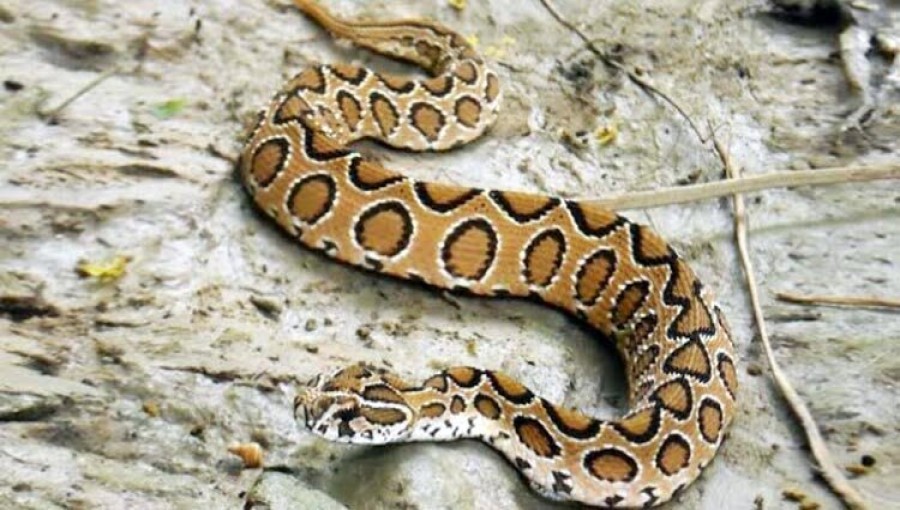





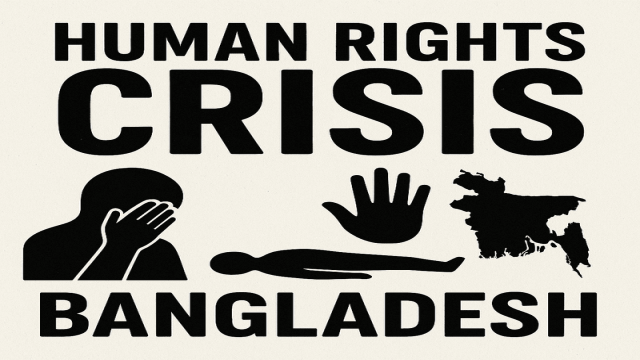
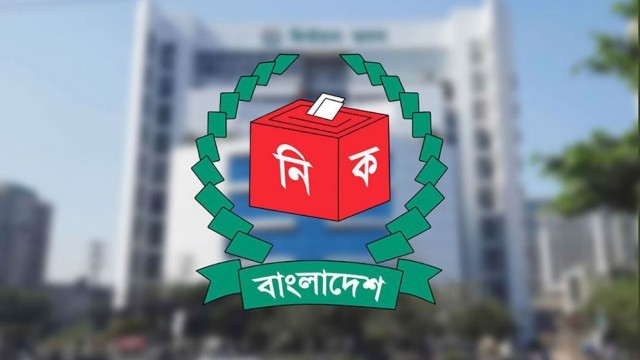


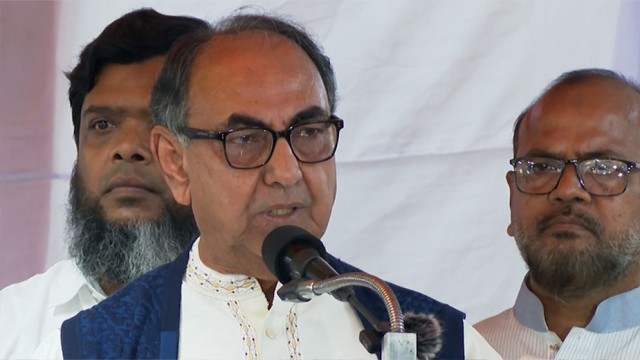


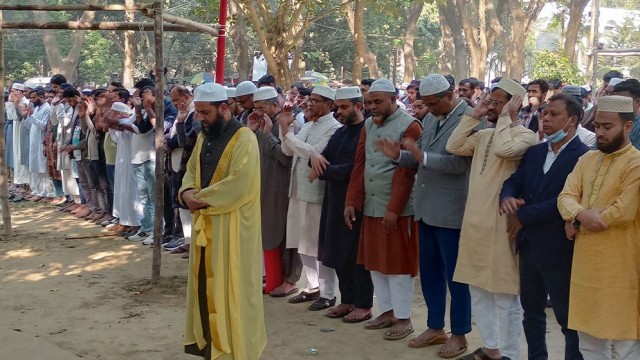
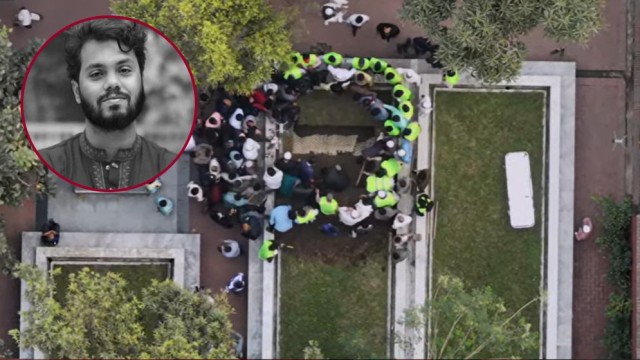







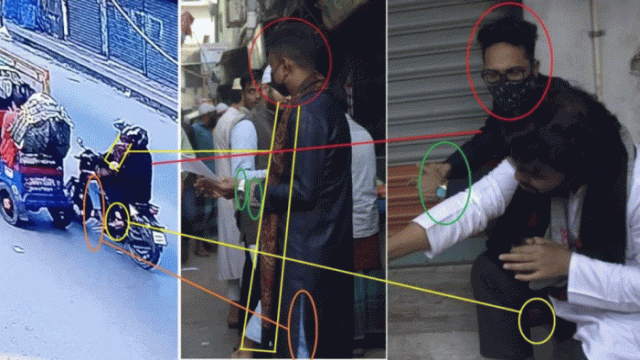
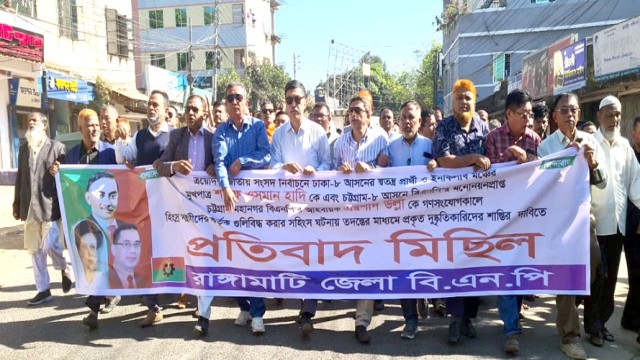


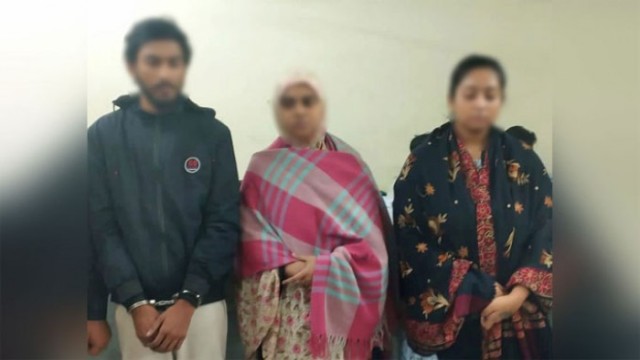

Comment: